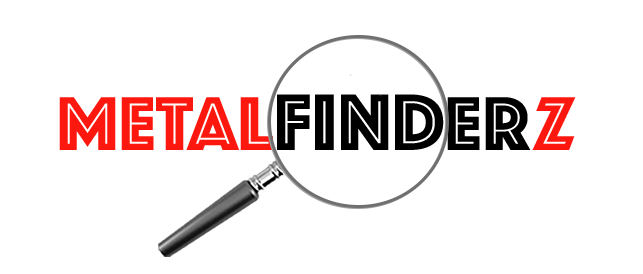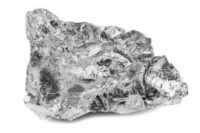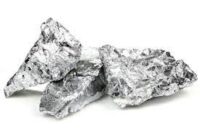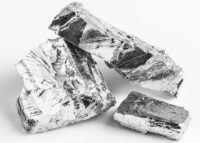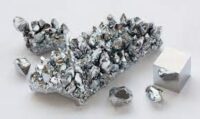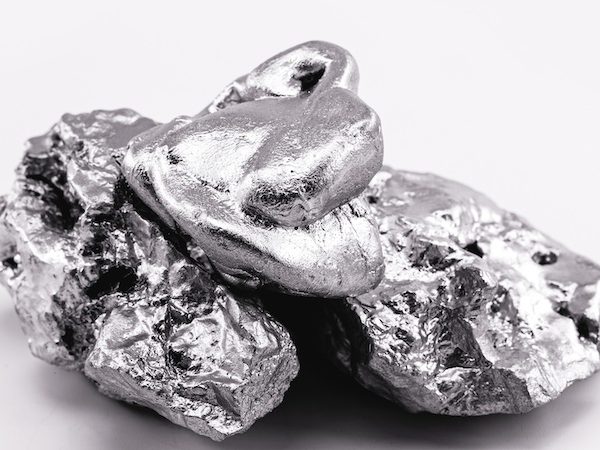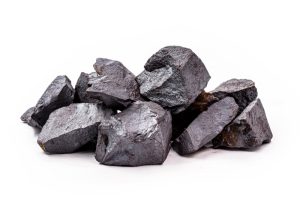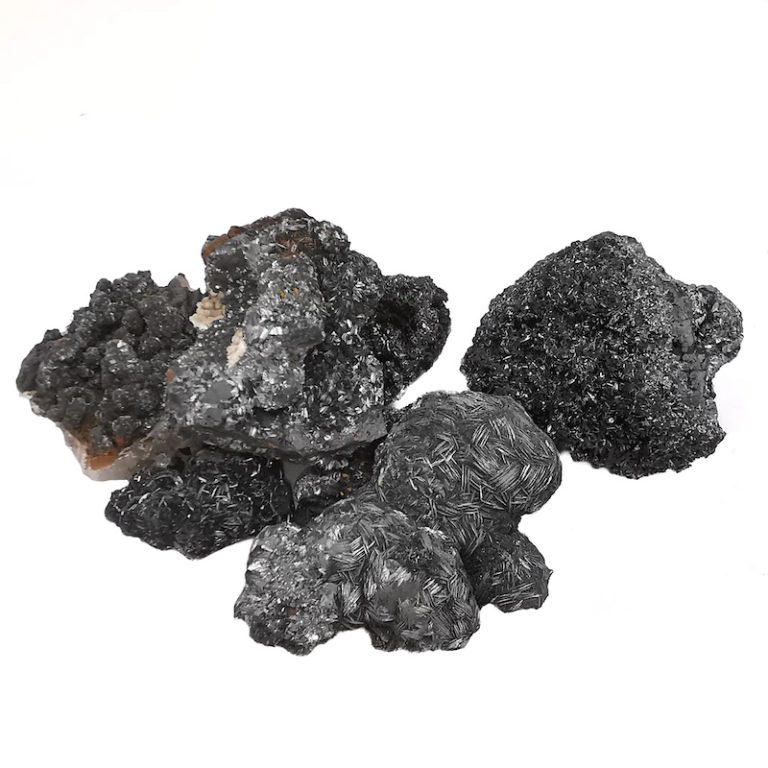Chromium: The Gleaming Guardian Against Corrosion
Chromium, a lustrous silvery-white metal, may not be at the forefront of everyday conversations, but its contribution to our modern world is significant. From gleaming stainless steel appliances to high-performance jet engines, chromium enhances durability and resistance to corrosion in countless applications.
Let’s explore the intricacies of chromium, delving into its sources, applications, and key considerations for international traders and buyers.
Description:
Chromium exists primarily in chromite ore, an iron-chromium oxide mineral. Chrome content, ranging from 30% to 44%, determines the ore’s grade and value. Other key factors include impurities like silica and alumina, impacting usability and downstream processing costs.
Key Source Countries:
- South Africa: The world’s leading producer, boasting vast chromite reserves and established mining operations. Major players include Glencore and Merafe Resources.
- Kazakhstan: Second-largest producer, contributing around 20% of global output. Chromite resources are concentrated in the Aktobe region.
- China: While possessing significant domestic reserves, China’s growing demand necessitates substantial imports, shaping the global market.
- Other notable producers: India, Turkey, Russia, Zimbabwe, and Albania contribute to the remaining global production.
World Output Volumes:
Global chromite production reached approximately 30 million tonnes in 2023, with South Africa remaining the dominant leader.
However, fluctuations in demand and supply dynamics, particularly from China, can cause price volatility.
Major Producers and Market Share:
- Glencore: The world’s largest producer, controlling around 25% of the global market. Operates extensive South African mines and boasts efficient processing facilities.
- Kazakhmys Corporation: Kazakhstan’s national mining giant, holding approximately 18% of the global market share.
- Samrcorp Global Metals: Another major South African producer, accounting for roughly 12% of the global market.
- BHP Billiton: Australian production contributes around 8% of the global output.
- Other major producers: Eramet, Evraz, Çimsa Cimento, and numerous smaller players contribute to the remaining market share.
Forms of Trade:
Chromium ore is primarily traded in two forms:
- Metallurgical-grade chromite ore: Used in stainless steel production, enhancing corrosion resistance and durability.
Typically traded at 35-44% chrome content. - Chemical-grade chromite ore: Higher-purity chrome (often exceeding 44%) used in pigments, refractories, and various chemical applications. Demand for this form is also growing.
Price Trends (Past 5 Years):
Chromium ore prices have experienced notable fluctuations over the past five years:
- 2019: Prices hovered around $120 per tonne due to balanced supply and demand.
- 2020: Pandemic disruptions caused a decrease to around $100 per tonne before recovering moderately.
- 2021: Surging demand for stainless steel, particularly in China, pushed prices to over $180 per tonne.
- 2022: Prices corrected downwards to around $140 per tonne due to concerns about slowing Chinese demand and rising production costs.
- 2023: Prices maintained some volatility, ranging between $120 and $150 per tonne, influenced by geopolitical tensions and infrastructure development projects.
Major Importing Countries:
- China: The world’s largest importer, consuming over 50% of global chromite ore, primarily for its stainless steel industry and growing chemical applications.
- India: Second-largest importer, driven by domestic stainless steel production.
- Japan: A major steel producer, reliant on imported chromite ore for its stainless steel sector.
- South Korea: Another major steel producer, heavily dependent on imported chromite ore, mainly from South Africa and Kazakhstan.
- European Union: Collectively a significant importer, driven by stainless steel production and chemical industries.
Major Exporting Countries:
- South Africa: The largest exporter, accounting for over 50% of global metallurgical-grade chromite ore trade. Exports are facilitated by established infrastructure and extensive reserves.
- Kazakhstan: Second-largest exporter, controlling around 20% of global trade. Focuses on high-grade chromite ore, suitable for both stainless steel and chemical applications.
- Turkey: Holds approximately 10% of the global export market share. Turkish chromite exports cater to various international demands.
- India: Despite domestic consumption, India also exports some chromite ore, primarily to neighboring countries in Southeast Asia.
- Other notable exporters: Russia, Albania, Zimbabwe, and the Philippines contribute to the remaining export volume.
